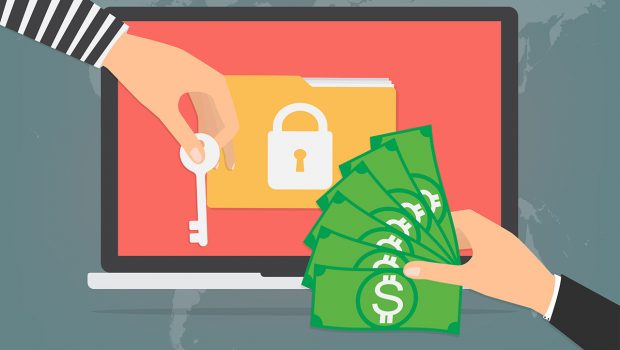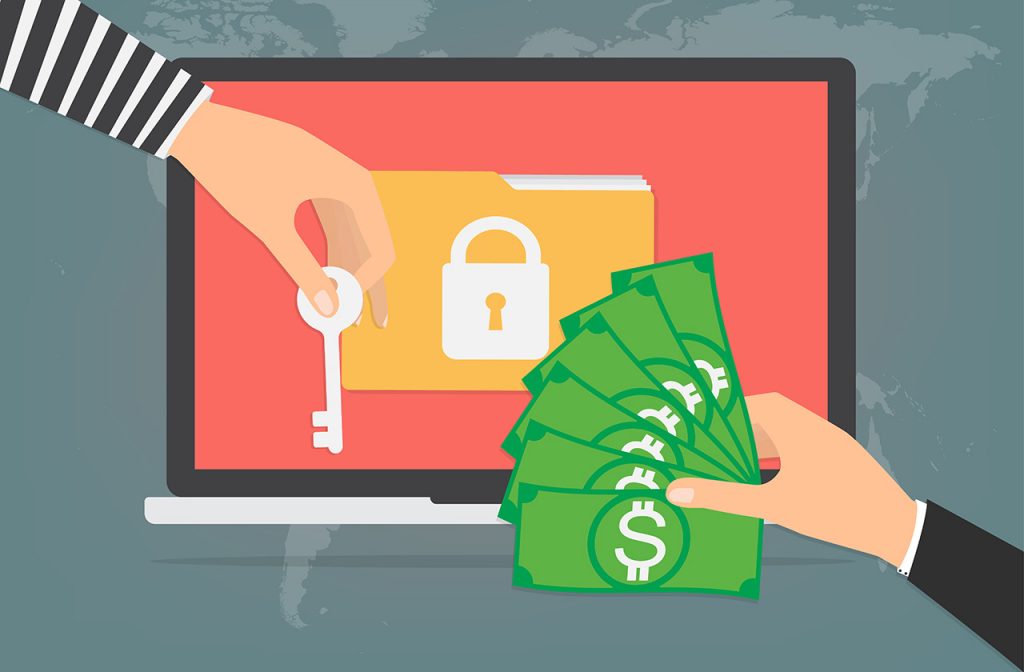How to Avoid Falling Victim to Ransomware
This May has seen the largest ransomware attack in internet history. A cryptoworm known as “WannaCry” has infected over 230,000 computers all over the world, encrypting the information stored on them, and demanding a ransom (in Bitcoins) in exchange for the decryption key. The attack, that started on the 12th of May, has affected parts of the UK’s National Health Service (NHS), FedEx, the German railway company, car maker Renault, and many other companies’ and authorities’ computers running Microsoft Windows versions prior to 10. It was a lesson learned the hard way but it had its upside, too – it has focused the tech community’s attention on the importance of the measures to take to avoid such attacks in the future.
Let’s see how the owners and operators of the above computers could have avoided being affected by WannaCry.
Use caution
WannaCry has most likely infiltrated the computer systems of the affected authorities and companies from the internet and spread further through local networks. It is obvious that the worm wasn’t spread by legit websites – this kind of malware is usually distributed through shady web properties offering cracked software downloads, adult content, and its likes. Reading iPhone casino reviews on an established blog or keeping up with the news on your favorite portal is unlikely to affect your computer.
Besides, make sure not to click on questionable links or open dubious attachments received through email.
Using caution when browsing the web is the first step to avoid ransomware attacks in the future.
Keep your software up to date
WannaCry used the EternalBlue exploit, rumored to have been developed by the US National Security Agency and leaked by the hacker group The Shadow Brokers (TSB) in April 2017. Upon learning about the exploit, Microsoft issued a “critical” update to patch the leak – the update was issued almost two months prior to the attack. Yet many users have apparently chosen to ignore it, or have been using unsupported versions of the Windows operating system – Windows XP and Windows Server 2003. Even if these OSs still are unsupported, Microsoft did release a patch for these, too, on the day after the outbreak.
By keeping your Windows up to date, and installing all the security updates – especially ‘critical’ ones – as soon as they are released, you can prevent falling the victim of such cyber attacks.
Back up!
Once your files get encrypted by a worm, one of the options is to raze your OS, and start over from a backup. One of the simplest ways of doing so is to register an account – even a free one – with a cloud storage service provider, like Microsoft’s OneDrive, Dropbox, Google Drive, and their likes, and saving all critical files – documents, photos, anything that can’t be easily recovered – to the cloud. To be completely sure, you can also save your critical files to an outside storage – a USB drive, a portable hard drive, or a high capacity memory card – and keeping it disconnected from your computer. This way, you can restore your digital life from a copy without being seriously affected by a ransomware attack.
Use other operating systems
Last but not least, a solution that might be a bit harder to implement, yet it seems to be worth it: use another operating system. Linux distributions are far from being the complicated and scary things they used to be in the past – today, they are as user-friendly as they have to be. They are easy to install and use, and if you run into issues you can’t handle yourself, there are millions of users out there that can help you. Besides, Linux seems to be free of ransomware and malware – at least for the time being – which makes it the perfect choice for workspace environments and even for home – unless you are a gamer, of course.










![Creating an Electronics eCommerce Store [Step-by-Step Guide]](https://technofaq.org/wp-content/uploads/2018/01/TechLoop-Electronics-Gadgets-Store-Responsive-WooCommerce-Theme-150x150.jpg)





